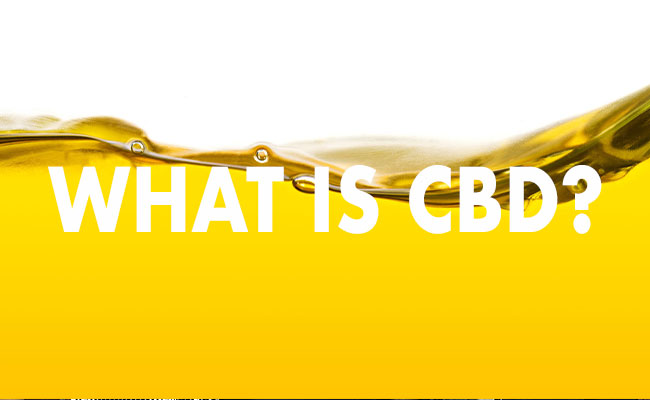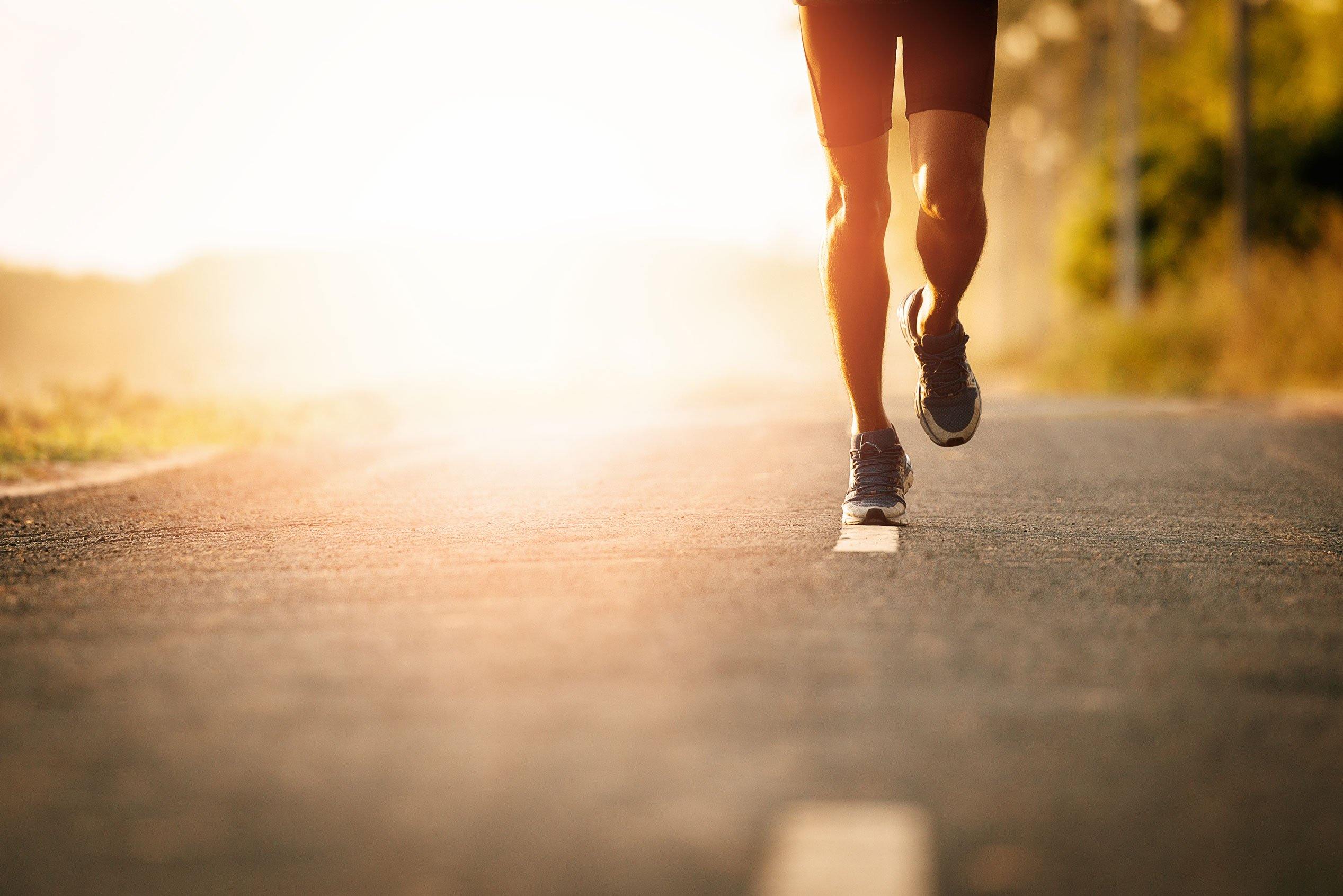
CBD & Exercise | Part II
WRITTEN BY DR. SWATHI
As the second part of this two-part series delving into the relationship between cannabidiol (CBD) and exercise, let us continue the conversation with discussion of its impact on mood.
Exercise increases endocannabinoid (eCB) tone in the brain, meaning it facilitates the balance of the functionality of the two cannabinoid receptors (cannabinoid receptor 1, CB1 and cannabinoid receptor 2, CB2) (1). Studies show that increased eCB tone is linked to a host of physiological, emotional and cognitive processes which can be linked to the overall improvement of mood.
Of all published information when it comes to cannabis, altered physiological state has always been at the top of the list. As mentioned in the previous part of this series (CBD & Exercise: Part I), the release of the endocannabinoid, anandamide (AEA), can impact emotional state, metabolic health and exercise endurance; Berger and Motl suggest that the behavioral effects follow a ‘u-shaped’ curve, with the greatest effect occurring at a moderate level of intensity (defined as 70% of maximum heart rate in humans) and limited changes at lower and higher levels of intensity (2). Studies evaluating and standardizing the change in AEA are complex and therefore call for more studies.
Perhaps it is not unknown that when you feel better, you perform better. Studies demonstrate that exercise can improve overall psychological well-being even in cannabis-naive patients without psychiatric diagnoses (3). A measured increase in AEA levels has been shown to not only encourage, but also improve exercise performance (4). When two eCBs, AEA and 2-arachidonoylglycerol (2-AG), are released in the body, there is enhanced crosstalk between various neurotransmitter systems; in particular, there is a release of the ‘feel-good’ neurotransmitter, dopamine, in areas associated with behavioral rewards and been shown to help individuals stick to their exercise regimens (5).
Though the mechanism of action is not yet understood about how CBD binds in the endocannabinoid system, many studies support that enhancing eCB signaling may have antidepressant and anxiolytic (anti-anxiety) effects. A study found that patients diagnosed with major depressive disorder had reduced plasma levels of AEA and 2-AG, indicating that patients with depression had less eCB signaling and therefore lower eCB tone (6).
Beyond depression and anxiety, there is a growing body of data supporting the role of the endocannabinoid system and exercise in stress management. In many studies evaluating a range of clinical populations, results overwhelmingly suggest that an increase in the endocannabinoid (eCB), anandamide (AEA), was positively correlated with antidepressant and stress relieving effects (7,8). There seems to be a relationship between endocannabinoid response and activation of the hypothalamic-pituitary-adrenal (HPA) axis as well as other brain areas important in the stress response. In a study, when participants were exposed to acute stress, those who showed no change in the plasma levels of the endocannabinoid, 2-arachidonoylglycerol (2-AG), had significant increases in a key hormone for stress, cortisol, indicating an an inverse relationship between suboptimal eCB activity and increased stress (9).
This past year, I have served as Adjunct Faculty at colleges of Chinese medicine and acupuncture, where I have the privilege of teaching students about how exercise in the forms of hatha yoga (hot yoga), Tai Chi and Indian classical dance could have a lasting influence on emotional well-being (10,11).
It is speculated these moderate-intensity practices that impact the release of endocannabinoids could be linked with decreasing inflammatory markers and improving mood (12). But, how exactly is the endocannabinoid system involved? Though the mechanism remains unknown, controlled physical movement has shown that time and time again that it affects mind-body connection.
To define the medical implications of cannabinoid-based drugs and exercise, more clinical studies are needed evaluating the potential of the endocannabinoid system and its functionality with other systems. As a pharmacist, I look forward to the advancements in drug development, including cannabinoid receptors as novel drug targets, to help the many patients seeking to improve their quality of life (13).
In case you have missed the first part: CBD & Exercise - Part I
Resources
- Di Marzo V, Silvestri C. Lifestyle and Metabolic Syndrome: Contribution of the Endocannabinoidome. Nutrients 2019;11(8):1956.
- Berger BG, Motl RW. Exercise and mood: a selective review and synthesis of research employing the profile of mood states. J Appl Psychol 2000;12:69–92.
- Scully D, Kremer J, Meade MM, Gradam R and Dudgeon K. Physical exercise and psychological well being: a critical review. Br. J. Sports Med. 1998;32:111- 120.
- Dietrich A, McDaniel WF. Endocannabinoids and exercise. Br J Sports Med 2004;38(5):536–541.
- Raichlen DA, Foster AD, Seillier A, Giuffrida A, et al. Exercise-induced endocannabinoid signaling is modulated by intensity. Eur J Appl Physiol 2013;113:869-875.
- Hill MN, Miller GE, Carrier EJ, Gorzalka BB, and Hillard CJ. (2009b). Circulating endocannabinoids and N-acyl ethanolamines are differentially regulated in major depression and following exposure to social stress. Psychoneuroendocrinology 34,
- 1257–1262.
- Sparling PB, Giuffrida A, Piomelli D, et al. Exercise activates the endocannabinoid system. Neuroreport 2003;14:2209–11.
- Hill MN, Bierer LM, Makotkine I, et al. Reductions in circulating endocannabinoid levels in individuals with post-traumatic stress disorder following exposure to the World Trade Center attacks. Psychoneuroendocrinology 2013;38(12):2952–2961.
- Choukèr A, Kaufmann I, Kreth S, Hauer D, et al. PLoS One 2010; 5(5):e10752.
- Schell FJ, Allolio B, and Schonecke OW. Physiological and psychological effects of Hatha-Yoga exercise in healthy women. International Psychosomatics Institute 1993;41(1-4):46-52.
- Kim H, Kim YL, Lee SM. Effects of therapeutic Tai Chi on balance, gait, and quality of life in chronic stroke patients. Int J Rehabil 2015;38:156–161.
- Watkins BA. Endocannabinoids, exercise, pain, and a path to health with aging. Mol Aspects Med 2018;64:68-78.
- Mental Health By the Numbers. National Alliance on Mental Illness. https://www.nami.org/learn-more/mental-health-by-the-numbers/. Accessed January 2020.











